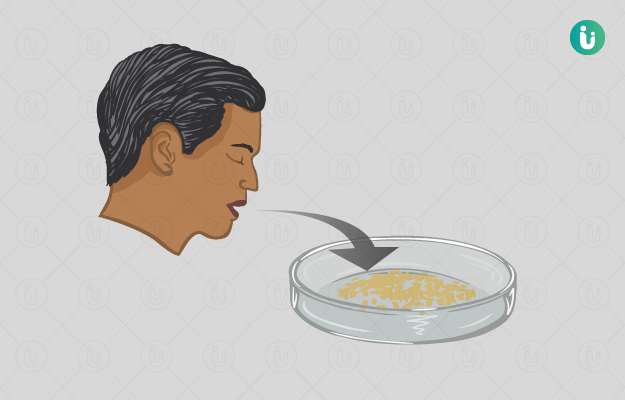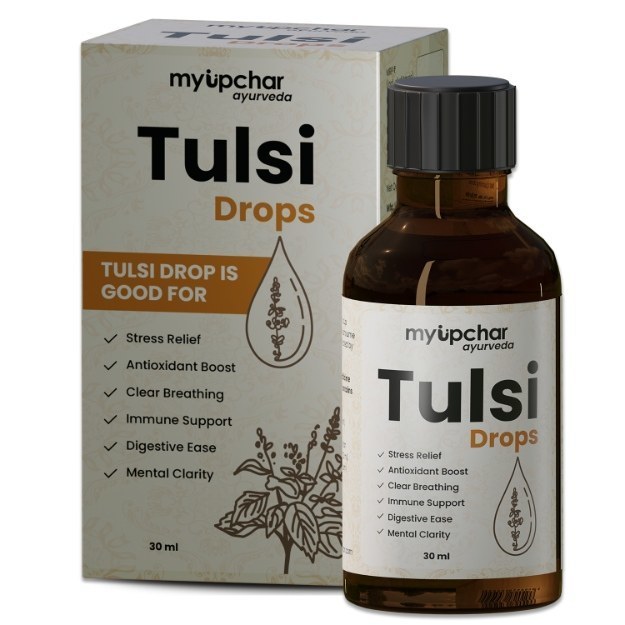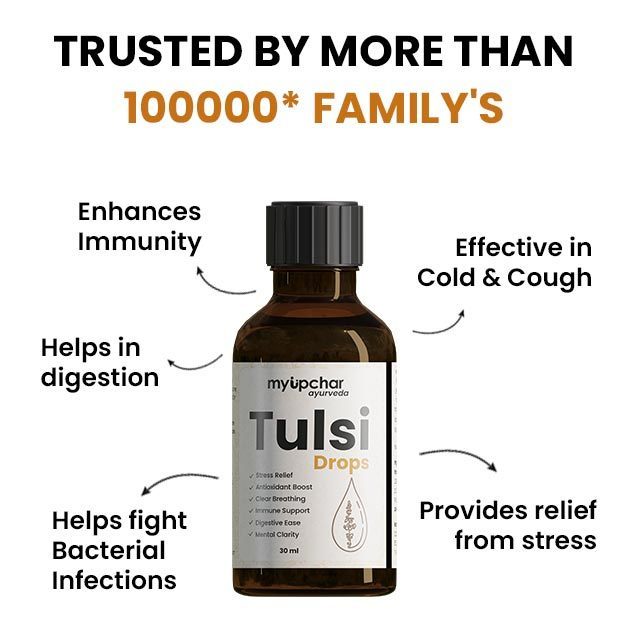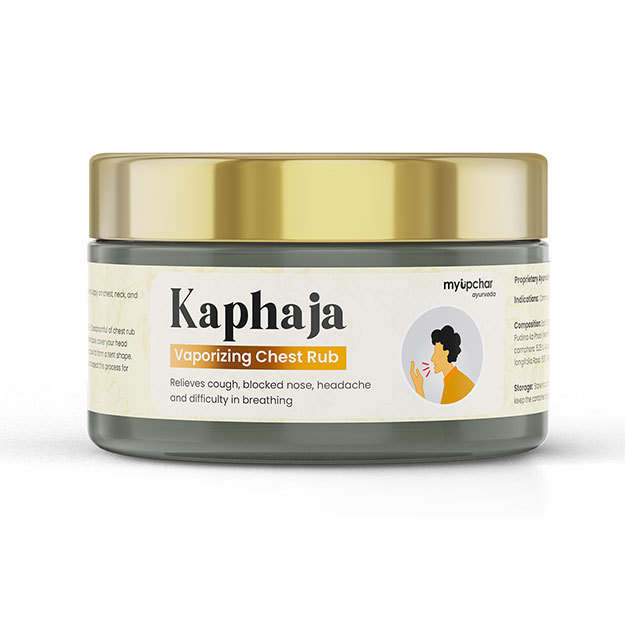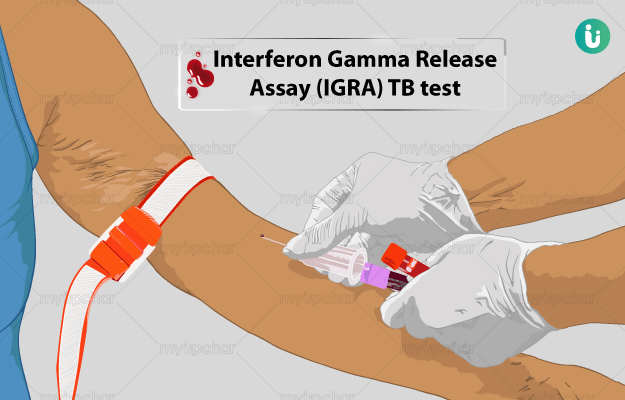Age, medical history, sex, testing methods and other factors may cause variation in test results.
Normal results: Absence of disease-causing microorganisms in the sputum sample indicates the absence of lung infection.
Abnormal results: A positive result is considered an abnormal result, and it suggests the presence of bacteria or disease-causing microorganisms in the sputum sample.
Some of the most common bacterial pathogen causing lung infections are Staphylococcus aureus, Haemophilus influenzae and Klebsiella pneumoniae.
However, some bacteria are generally present in lungs and do not cause disease. Therefore, the doctor can help in the correct interpretation of reports.
Occasionally, a sputum test may fail to detect lower respiratory tract infections caused by certain microorganisms. In such cases, additional tests, such as acid-fast bacilli (AFB) smear and culture and fungal culture, are recommended. A complete blood count (CBC) and blood culture test may also be recommended along with a sputum culture test.
Disclaimer: All results must be clinically correlated with the patient’s complaints to make a complete and accurate diagnosis. The above information is provided from a purely educational perspective and is in no way a substitute for medical advice from a qualified doctor.

